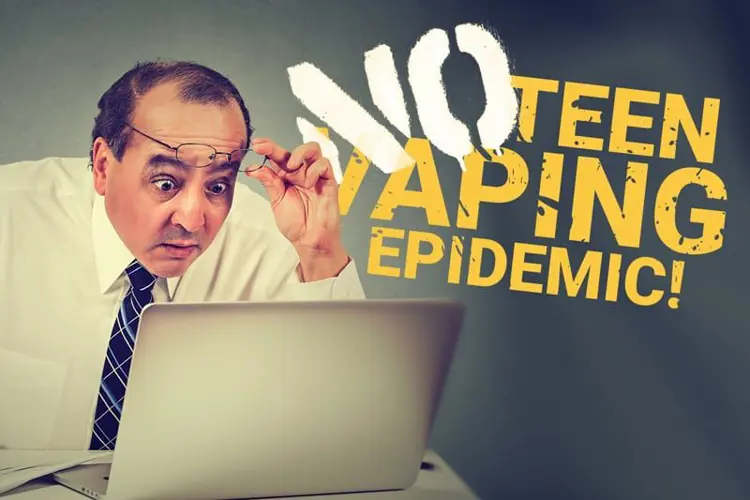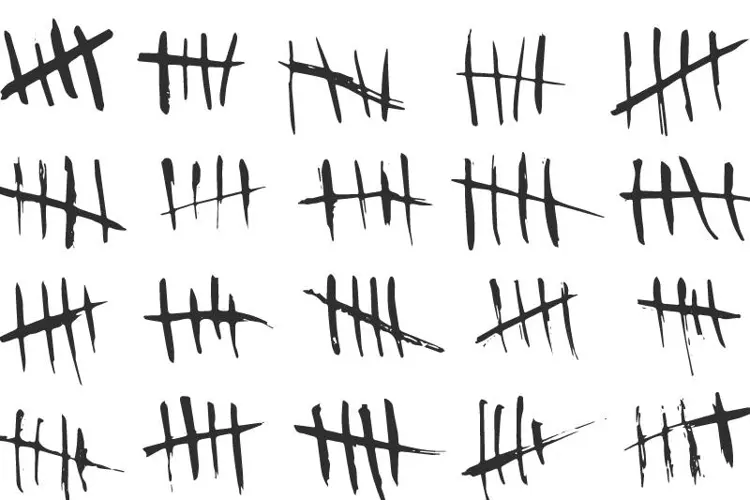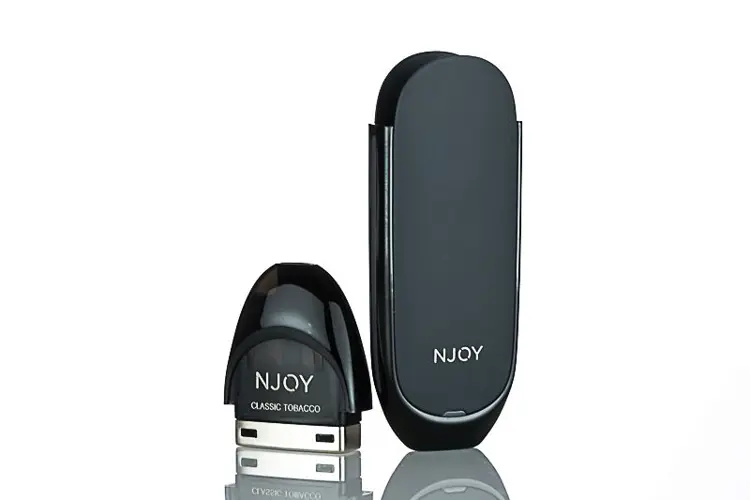The first major youth tobacco survey since the teen juuling controversy began shows that if high school JUUL use is a problem, it’s not much of one. High school students in 2017 used e-cigarettes at just about the same rate they did in 2016, and at a much lower rate than in 2015, which remains the peak of the “teen vaping boom.”
Results from the National Youth Tobacco Survey (NYTS) showed 11.7 percent of high school students used e-cigarettes (measured as any use in the last 30 days) in 2017, a minor increase from 11.3 percent in 2016. Both years showed a dramatic decline from 2015’s 16.0 percent.
Teen smoking continued to decline, with just 7.6 percent of high school students having smoked a cigarette (possibly as little as one puff) in the last 30 days, a small drop from 8.0 percent in 2016. The 2017 result represents more than a 50 percent decline from 2011 where it was at 15.8 percent.
Among middle school students, vaping declined from 2016 (4.3 percent) to 2017 (3.3 percent). Fewer middle schoolers smoked in 2017 too — just 2.1 percent. The gateway from vaping to smoking apparently isn’t working properly, as smoking continues to fall in every national survey of teens.
The NYTS is an annual survey that measures tobacco use among middle school (grades 6-8) and high school (grades 9-12) students. The survey is a collaboration between the Centers for Disease Control and Prevention (CDC) Office on Smoking and Health and the FDA Center for Tobacco Products (CTP).
The first numbers from the 2017 survey were released in a paper published in the CDC’s Morbidity and Mortality Weekly Report. Additional results will be published later, and those are likely to be even more interesting. Researchers analyzing the 2015 NYTS teen vaping data found that just 1.1 percent of teens vaped every day. How many “JUUL-era” youth vapers are actually vaping regularly, and how many are just taking a hit from a friend’s JUUL once in a while?
FDA commissioner Scott Gottlieb used the opportunity to repeat the same statements he’s made many times before about teen vaping. No child should use nicotine, FDA is working to make tobacco products less appealing, they’re “studying” the role of flavors, investigating the popularity of JUUL, etc. “And while there was no change in e-cigarette use from 2016 to 2017 among high school-aged teens, it’s too soon to tell whether this represents a leveling off, following a steep decline from 2015 to 2016. But this bears watching,” said Gottlieb.
“Tobacco prevention and control strategies at national, state, and local levels — including tobacco product price increases, comprehensive smoke-free policies, media campaigns warning about the risks of youth tobacco product use, and youth access restrictions — likely contributed to the reductions in tobacco product use,” said a CDC press release. There was, of course, no mention of vaping as a driver of the teen smoking decline.
So how will anti-vaping (and -juuling) groups explain the new evidence that there is no “vaping epidemic” driven by JUUL’s irresistible flash drive-like shape and child-appealing creme brulee and cool cucumber flavored e-liquids? As we explored recently in an article about the Truth Initiative’s survey of youth JUUL use and beliefs, groups like Truth and the Campaign for Tobacco-Free Kids will try to push the idea that teen juulers simply don’t understand that JUUL is an e-cigarette or that juuling is vaping.
“They say it attracts new and very young consumers, who would never ever vape or smoke,” said University of Waterloo sociologist Amelia Howard, “but are helplessly drawn to the JUUL, and are so infatuated by the brand that they’ve made it into a verb: juuling — which also prevents them from understanding that they are vaping.”
The Truth Initiative claimed that JUUL is “surging in popularity among young people.” The CDC data says that’s not true. At best, JUUL may be replacing existing vapor products among teens. Expect to hear what Amelia Howard calls the “concocted narrative in which JUUL is special relative to other vaping products” trotted out repeatedly in the coming weeks as Truth and their allies attempt to square that determinedly round circle.
The tobacco control industry doesn’t care about teen vapers -- or adult smokers.
Meanwhile, JUUL Labs has launched its promised “educational” campaign to illustrate JUUL’s concern about teen use of its product. The effort includes a separate website called JUUL Facts that sports the headline-sized advice, “IF YOU DON'T SMOKE OR VAPE, DON'T START.”
JUUL Labs apparently doesn’t understand that the only thing it can do to ease the pressure it's feeling from tobacco control and public health groups is to go out of business. JUUL’s sin is being successful. By creating a real threat to cigarettes with a vape that can help you quit, JUUL has also become a real threat to tobacco control organizations, government agencies, smoking cessation services, NRT-selling pharma companies, and the rest of the “anti-tobacco” industries that depend totally on cigarette sales.
JUUL can never please these people. The tobacco control industry doesn’t care about teen vapers — or adult smokers. It cares about its own survival. Any product that disrupts the aligned interests of cigarette manufacturers and tobacco control will be a target until it’s sold to a compliant tobacco company, or dead.
The Freemax REXA PRO and REXA SMART are highly advanced pod vapes, offering seemingly endless features, beautiful touchscreens, and new DUOMAX pods.
The OXVA XLIM Pro 2 DNA is powered by a custom-made Evolv DNA chipset, offering a Replay function and dry hit protection. Read our review to find out more.
The SKE Bar is a 2 mL replaceable pod vape with a 500 mAh battery, a 1.2-ohm mesh coil, and 35 flavors to choose from in 2% nicotine.
Because of declining cigarette sales, state governments in the U.S. and countries around the world are looking to vapor products as a new source of tax revenue.
The legal age to buy e-cigarettes and other vaping products varies around the world. The United States recently changed the legal minimum sales age to 21.
A list of vaping product flavor bans and online sales bans in the United States, and sales and possession bans in other countries.



















